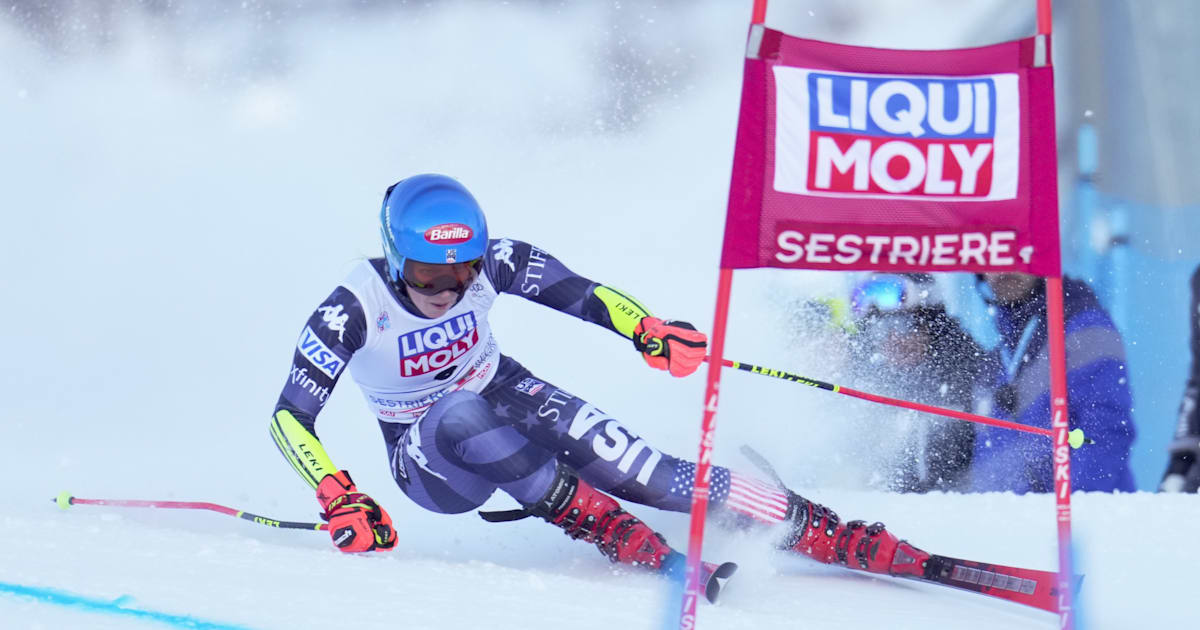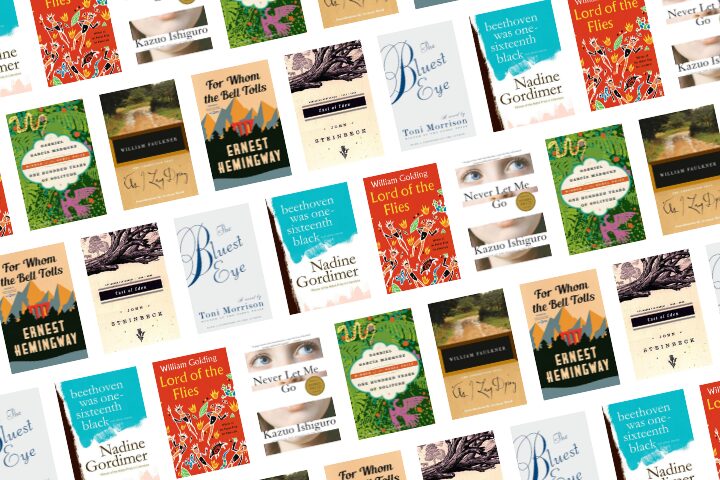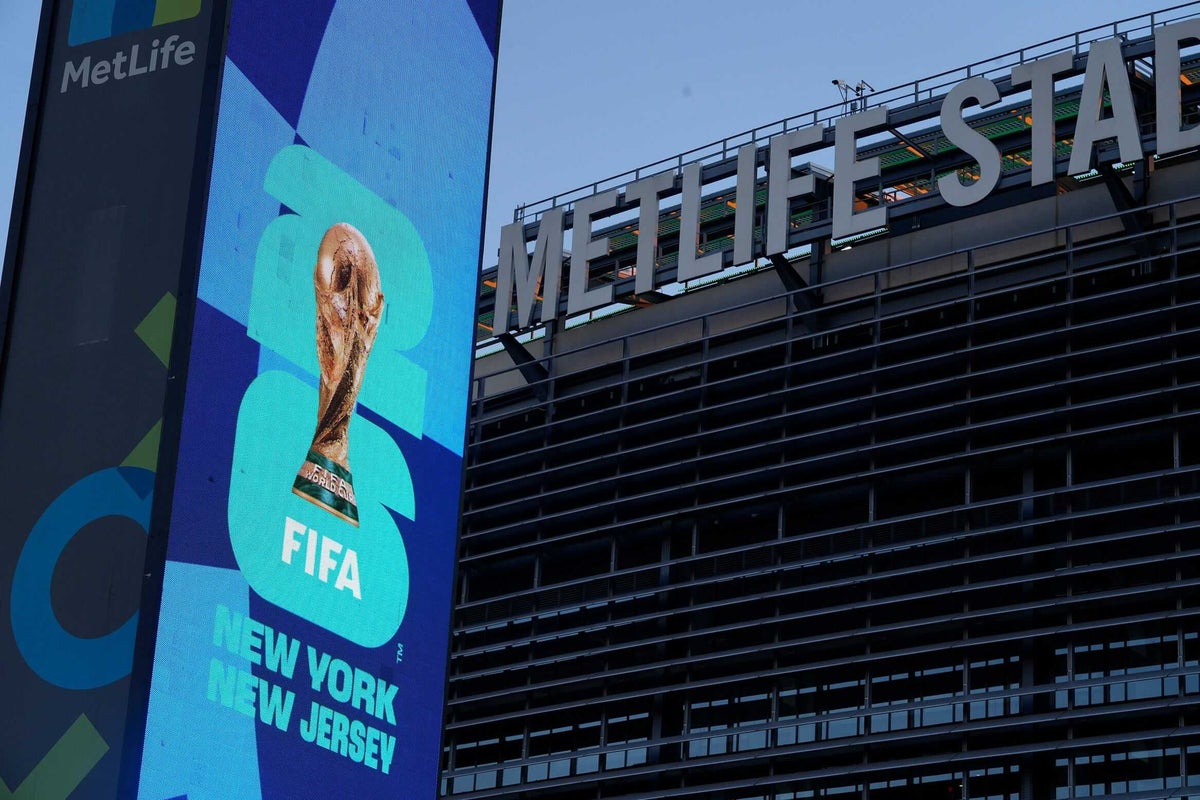Mikaela Shiffrin’s 2025/26 race schedule
Shiffrin also addressed her race schedule for the upcoming season as to whether she would add disciplines beyond slalom and giant slalom.
While the US star ruled out competing in downhill, she left the…

Shiffrin also addressed her race schedule for the upcoming season as to whether she would add disciplines beyond slalom and giant slalom.
While the US star ruled out competing in downhill, she left the…

Arsenal Women will face their first north London derby of the season when they head to Brisbane Road on Sunday, November 16 to take on Tottenham Hotspur Women in the Barclays Women’s Super League with kick off at 2:30pm.
The game will be shown…

The 2025 Nobel Prize for Literature was awarded Thursday to Hungarian author László Krasznahorkai “for his compelling and visionary oeuvre that, in the midst of apocalyptic terror, reaffirms the power of art.”
One of the most…

Variety is excited to announce that singer-songwriter Sabrina Carpenter will be honored with the Hitmaker of the Year award at our ninth annual Hitmakers celebration.
The event and coinciding Hitmakers issue look back at the…

MTN Group has once again been recognised as one of the Forbes World’s Best Employers, marking its fifth consecutive year on the list. MTN now ranks 3rd globally in the Telecommunications Services, Cable Supplier category – showcasing leadership in the sector. In a remarkable leap, MTN has also climbed 101 places in the overall global ranking to 166th, up from 267th in 2024.
This recognition, based on feedback from over 300,000 employees in over 50 countries worldwide, is a testament to MTN’s unwavering commitment to fostering a workplace culture rooted in care, integrity, agility, respect, and inclusion which aligns to the pillars of its “Live Y’ello” values.
“This achievement is a reflection of the incredible people who make MTN what it is. Our people are the driving force behind the group’s mission to enable digital and financial inclusion across the continent, and it is through their dedication that we continue to lead in delivering digital solutions for Africa’s growth,” said Ralph Mupita, MTN Group President and CEO.
“We are honoured to be recognised, and even more committed to the culture we’ve built – a culture that emphasises empowerment and inclusivity.”
At the heart of MTN’s success is its Live Inspired Employee Value Promise, which ensures every team member is supported to grow, innovate, and thrive. This promise is not just a statement but a lived experience across MTN’s markets, where every individual’s voice is valued, and where passion, dedication, and collaboration drive our shared success.
“This recognition from Forbes is a powerful testament to the value our 17,500+ people place in being part of the MTN journey,” said Paul Norman, MTN Group Chief Human Resources Officer.
“It affirms the importance of creating a workplace built on inclusivity, support, and personal growth – an environment where everyone can thrive. It is through the passion and commitment of our people that MTN continues to lead.”
The organisation’s continued investment in employee well-being, diversity, and growth reinforces its belief that empowered people build empowered communities.

ORLANDO, Fla. (Oct. 9, 2025) – The Orlando Pride (9-8-6, 33 points) has received $50,000 in 2025 intraleague transfer funds from Angel City FC in exchange for forward Prisca Chilufya and a 2025 international roster…

Ijara Capital Partners Ltd., a leading private equity and venture capital firm in Pakistan, has acquired Sindlab Pvt. Ltd., according to Bloomberg.
Sindlab is recognized for its competitive pricing and wide network across the city, according to Ijara Capital CEO Farrukh Ansari.
The acquisition follows Ijara Capital’s earlier purchase of Searle Pakistan Co. this year, signaling the firm’s growing interest in healthcare investments.
Sindlab, founded 47 years ago, is recognized for its affordable testing services in clinical laboratory, radiology, and ultrasound diagnostics.
Ijara Capital CEO Farrukh Ansari confirmed the acquisition, noting that Sindlab’s extensive retail footprint and brand trust make it a strong strategic fit for Ijara’s expanding health portfolio.
The firm said it plans to continue exploring new healthcare acquisition opportunities to strengthen its position in the sector.
Ijara said in its statement that it views healthcare as a “critical national growth pillar” and remains committed to expanding access through investment, innovation, and operational efficiency.

Yan, J. et al. Parasites and predators of forest pests (China Forestry Publishing House, 1989).
Ayasse, M., Paxton, R. J. & Tengö, J. Mating behavior and chemical communication in the order…
This request seems a bit unusual, so we need to confirm that you’re human. Please press and hold the button until it turns completely green. Thank you for your cooperation!

Tickets to the 2026 World Cup are now on sale, but that doesn’t mean you can simply go buy them.
The World Cup ticket process is a labyrinth of lotteries, long waits, fluctuating prices and frustration. So, the following is an attempt to explain…